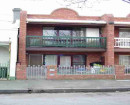Back to search results
DUFFY'S LIME KILN
7 MERRYLANDS AVENUE PORTSEA, MORNINGTON PENINSULA SHIRE
DUFFY'S LIME KILN
7 MERRYLANDS AVENUE PORTSEA, MORNINGTON PENINSULA SHIRE
All information on this page is maintained by Heritage Victoria.
Click below for their website and contact details.
Victorian Heritage Register
-
Add to tour
You must log in to do that.
-
Share
-
Shortlist place
You must log in to do that.
- Download report
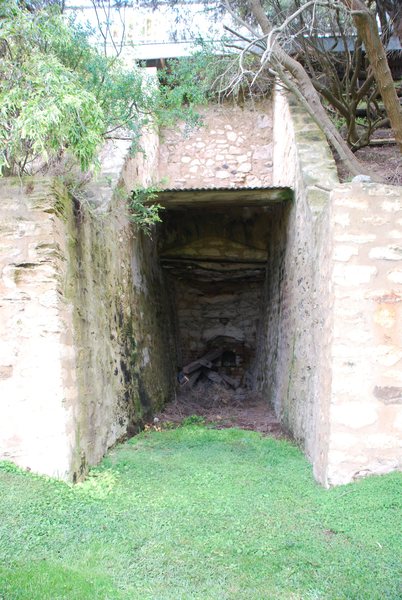
DUFFY'S LIME KILN SOHE 2008

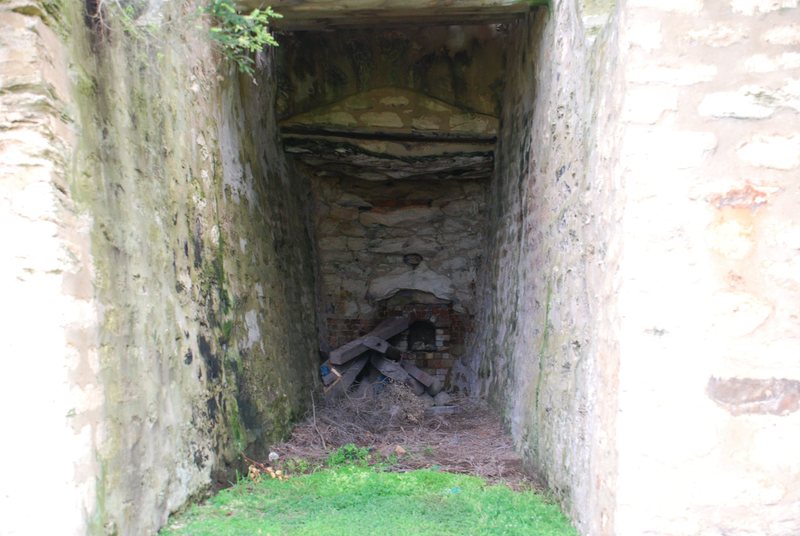
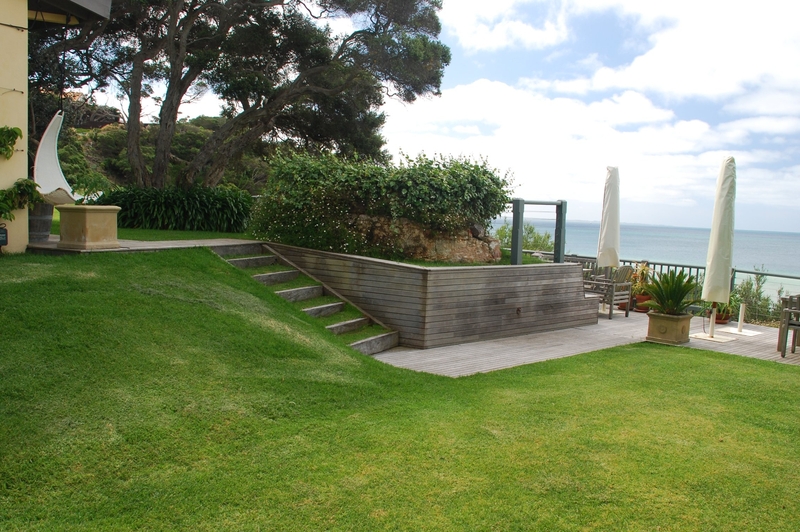
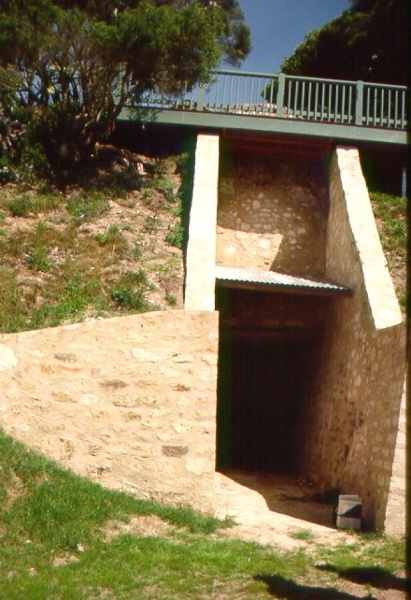
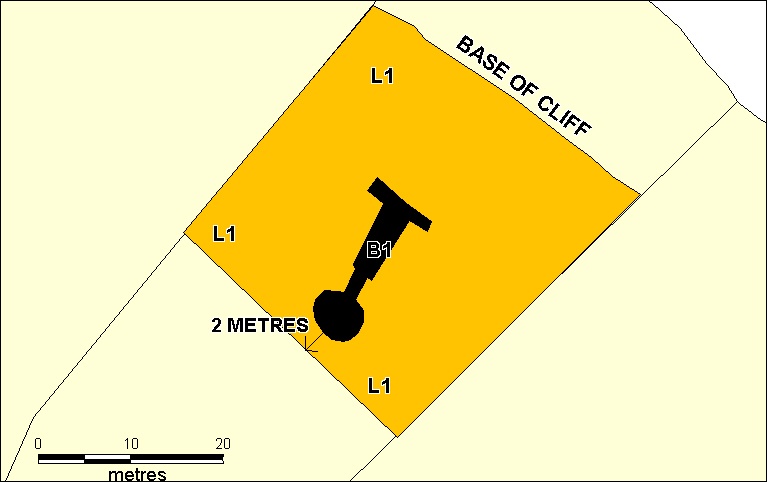




On this page:
Statement of Significance
What is significant?
The limestone resource on the Mornington Peninsula was utilised as early as the Collins? Settlement of 1803. The remains of limestone chimneys and a powder magazine built by the Collins party was still evident in 1835 when John Pascoe Fawkner returned to the site.
Following settlement of Port Phillip the first lime burners were reputedly two men by the names of Kenyon and Rowley. They set up bush kilns in the late 1830s. The first recorded permit for lime burning was issued in 1839. In the 1840s lime burning became the principle Peninsula industry, ahead of grazing, cropping and fishing. Settlements closely followed the location of the lime kilns.
Charles Duffy purchased the land on which this kiln is sited from the Crown in 1863. The rate books listed his holding as 611 acres, a kiln and a four-room house. Duffy later subdivided his land. Duffy was a prominent resident on the Peninsula, a solicitor and politician who had won a seat in Parliament in 1856 soon after arriving in the colony.
Duffy? s kiln was probably closed down in the period 1899 to 1904, when many kilns were closed on the Peninsula.
Duffy?s kiln is constructed into the slope of the backyard of a private beach-front residence. The shaft, 3.5 metres in diameter, is set back 1 metre from the top of the slope, and extends 0.5 metres above ground level in a similar manner to Sullivan?s Kiln at Rye. The shaft is constructed of two leaves of handmade bricks and is a straight cylinder with a depth of 7 metres to the characteristic bottle-shape bottom. At the base of the kiln a vaulted section supported by rough timber beams gives access to the draw hole. The draw hole is an arched brick vault with an iron lintel. Construction of the flanking wing walls is of square-cut limestone blocks fixed with sand-lime mortar, and partially bagged.
The corrugated iron roof and a modern deck to provide safe access to the cliff top was constructed over the top of the flanking walls in 1995.
How is it significant?
Duffy?s lime kiln is of technological, historical and archaeological significance to the State of Victoria.
Why is it significant?
Duffy?s lime kiln is technologically significanct as evidence of the most important nineteenth century industry on the Peninsula. Lime produced in this area was used in the building trade in Melbourne and was of sufficient quality to compete with imports. The kiln structure is representative of the bottle kiln type of construction, the most common type of the surviving lime kilns in the State.
Duffy?s lime kiln is historically significant as evidence for the denudation of the Peninsula landscape. In the 1830s she-oaks and banksias dominated the landscape. However these trees proved highly suitable as lime burning fuel, as she-oaks in particular were a reliable, high burning fuel. Denudation of these trees was followed by the growth of the characteristic scrubby undergrowth and tea-trees evident today.
Duffy?s lime kiln is historically significant as evidence of the industry that anticipated later settlement. Patterns of settlement closely followed the location of kilns, for example at Portsea, Sorrento and Rye. The regular trade of lime schooners transporting lime to Melbourne enhanced communications to these relatively remote parts of Victoria.
Duffy?s lime kiln has archaeological significance for its potential to reveal buried deposits or artefacts associated with the lime kiln and the people who operated it.
The limestone resource on the Mornington Peninsula was utilised as early as the Collins? Settlement of 1803. The remains of limestone chimneys and a powder magazine built by the Collins party was still evident in 1835 when John Pascoe Fawkner returned to the site.
Following settlement of Port Phillip the first lime burners were reputedly two men by the names of Kenyon and Rowley. They set up bush kilns in the late 1830s. The first recorded permit for lime burning was issued in 1839. In the 1840s lime burning became the principle Peninsula industry, ahead of grazing, cropping and fishing. Settlements closely followed the location of the lime kilns.
Charles Duffy purchased the land on which this kiln is sited from the Crown in 1863. The rate books listed his holding as 611 acres, a kiln and a four-room house. Duffy later subdivided his land. Duffy was a prominent resident on the Peninsula, a solicitor and politician who had won a seat in Parliament in 1856 soon after arriving in the colony.
Duffy? s kiln was probably closed down in the period 1899 to 1904, when many kilns were closed on the Peninsula.
Duffy?s kiln is constructed into the slope of the backyard of a private beach-front residence. The shaft, 3.5 metres in diameter, is set back 1 metre from the top of the slope, and extends 0.5 metres above ground level in a similar manner to Sullivan?s Kiln at Rye. The shaft is constructed of two leaves of handmade bricks and is a straight cylinder with a depth of 7 metres to the characteristic bottle-shape bottom. At the base of the kiln a vaulted section supported by rough timber beams gives access to the draw hole. The draw hole is an arched brick vault with an iron lintel. Construction of the flanking wing walls is of square-cut limestone blocks fixed with sand-lime mortar, and partially bagged.
The corrugated iron roof and a modern deck to provide safe access to the cliff top was constructed over the top of the flanking walls in 1995.
How is it significant?
Duffy?s lime kiln is of technological, historical and archaeological significance to the State of Victoria.
Why is it significant?
Duffy?s lime kiln is technologically significanct as evidence of the most important nineteenth century industry on the Peninsula. Lime produced in this area was used in the building trade in Melbourne and was of sufficient quality to compete with imports. The kiln structure is representative of the bottle kiln type of construction, the most common type of the surviving lime kilns in the State.
Duffy?s lime kiln is historically significant as evidence for the denudation of the Peninsula landscape. In the 1830s she-oaks and banksias dominated the landscape. However these trees proved highly suitable as lime burning fuel, as she-oaks in particular were a reliable, high burning fuel. Denudation of these trees was followed by the growth of the characteristic scrubby undergrowth and tea-trees evident today.
Duffy?s lime kiln is historically significant as evidence of the industry that anticipated later settlement. Patterns of settlement closely followed the location of kilns, for example at Portsea, Sorrento and Rye. The regular trade of lime schooners transporting lime to Melbourne enhanced communications to these relatively remote parts of Victoria.
Duffy?s lime kiln has archaeological significance for its potential to reveal buried deposits or artefacts associated with the lime kiln and the people who operated it.
Show more
Show less
-
-
DUFFY'S LIME KILN - History
Contextual History
Land Department files for applications for lime burning licences in the parish of Nepean show that the issue of licences was conditional upon an inspection by the Crown Land Ranger. The Ranger checked the boundaries to ensure that any new lime station was an appropriate distance from earlier stations. In 1855 two well-known lime burners, Sullivan and Ford, applied to purchase the freehold of their lime burning sites on which they had already erected homesteads. The request seems to have been refused on the grounds that every lime burner in the area would apply on a similar basis for their own freehold (Context Pty Ltd, Lime Kiln, 7 Merrylands Avenue, Portsea. Report on Conservation Works, p 2).
Summarised from Jane Harrington , An archaeological and historical overview of limeburning in Victoria, Heritage Council 2000, pp 24-26:
The limestone resource on the Mornington Peninsula was utilised as early as the Collins’ Settlement of 1803. The remains of limestone chimneys and a powder magazine built by the Collins party was still evident in 1835 when John Pascoe Fawkner returned to the site.
The first lime burners following settlement of Port Phillip were reputedly two men by the names of Kenyon and Rowley. They set up bush kilns in the late 1830s. The first recorded permit was to a Mr Berry in 1839. In the 1840s limeburning became the principle Peninsula industry, ahead of grazing, cropping and fishing. Settlements closely followed the location of the lime kilns.
Due to the geology of the stone, limestone quarrying on the Peninsula was characterised by shallow lenses quite unlike the deep quarry pits in other areas such as Sale and Lilydale. Fuel for the kilns required massive amounts of timber, principally banksias and she-oaks. The demand rapidly denuded the landscape of trees, and in 1853 the government declared that firewood could only be gathered for limeburning purposes. The stripping of timber made an ecological impact on the Peninsula, changing it to a landscape dominated by scrubby undergrowth, principally of Coastal Tea-trees.
In 1841 there were five recorded kilns on the Peninsula between Rye and Portsea. By 1845 there were seventeen kilns at the Heads. A flotilla of schooners transported the bagged lime up to the Yarra wharves, making the return trip in about two weeks, returning with coke fuel for the kilns plus building materials. In 1849 the fleet comprised twenty-five vessels, served by a purpose built dock on the Yarra wharves. In the 1860s there were more than forty vessels involved in the trade. Jetties on the Peninsula were constructed at Portsea in 1860 (by Ford), at Rye in 1860 (by Campbell) and Sorrento in 1874. The large fleet provided an effective and reliable means of communication between the Peninsula and Melbourne.
In 1852 six leases were withdrawn on land chosen for the new Port Nepean Quarantine Station. These leases were held by Daniel Sullivan, Robert White, William Devine, James Ford and H G Cameron. William Cannon was also forced to move to the boundary line of the new station.
By the mid-1850s limeburning activity was focussed at Rye. Larger commercial kilns were owned by local pastoralists such as Ford, Cain and Cairns and Melbourne lime merchants including Devine, Cameron, Wischer and Blair. At least twenty kilns were located in the Rye area in 1857. By 1891 there were just six. The industry was badly effected by limeburning at Lara, Geelong and later Walkerville. Limeburning on the Peninsula petered out just after the First World War.
(Jane Harrington , An archaeological and historical overview of limeburning in Victoria, Heritage Council 2000, pp 24-26)
In 2000, only twelve kilns, plus the archaeological remains of the Roman cement works at Fossil Beach, survive as evidence of the lime burning industry on the Mornington Peninsula.
History
This kiln was built as early as October 1856 when Arthur William Patton opened a lime station. Patten had requested that his licence fees be deferred until 30 September as he had been working elsewhere for Ford (another limeburner) and Patton would not be operating his kiln until that date (Jane Harrington , An archaeological and historical overview of limeburning in Victoria, Heritage Council 2000, pp 27-28).
Charles Gavan Duffy purchased the land on which the kiln is sited was from the Crown in 1863. The rate books listed his holding as 611 acres, a kiln and a four-room house. Duffy later subdivided his land. Duffy was a prominent resident ion the peninsular, a solicitor and politician who won a seat in Parliament in 1856 soon after arriving in the colony. He left Victoria in 1883. Neville Hollinshed (Lime, Land and Leisure, Shire of Flinders, 1982) suggests Duffy established a kiln in the early 1860s, and employed a limeburner to operate it. William Hughes is said to have managed several limekilns for Melbourne owners, including Duffy’s in the 1870s (Jane Harrington , An archaeological and historical overview of limeburning in Victoria, Heritage Council 2000, pp 27-28).
Duffy’ s kiln was probably closed down in the period 1899 to 1904, when many kilns were closed on the Peninsula (Context Op Cit p 3).
Associated People: Charles Gavan DuffyDUFFY'S LIME KILN - Permit Exemptions
General Exemptions:General exemptions apply to all places and objects included in the Victorian Heritage Register (VHR). General exemptions have been designed to allow everyday activities, maintenance and changes to your property, which don’t harm its cultural heritage significance, to proceed without the need to obtain approvals under the Heritage Act 2017.Places of worship: In some circumstances, you can alter a place of worship to accommodate religious practices without a permit, but you must notify the Executive Director of Heritage Victoria before you start the works or activities at least 20 business days before the works or activities are to commence.Subdivision/consolidation: Permit exemptions exist for some subdivisions and consolidations. If the subdivision or consolidation is in accordance with a planning permit granted under Part 4 of the Planning and Environment Act 1987 and the application for the planning permit was referred to the Executive Director of Heritage Victoria as a determining referral authority, a permit is not required.Specific exemptions may also apply to your registered place or object. If applicable, these are listed below. Specific exemptions are tailored to the conservation and management needs of an individual registered place or object and set out works and activities that are exempt from the requirements of a permit. Specific exemptions prevail if they conflict with general exemptions. Find out more about heritage permit exemptions here.Specific Exemptions:General Conditions:
1. All alterations are to be planned and carried out in a manner that prevents damage to the fabric of the registered place or object.
2. Should it become apparent during further inspection or the carrying out of alterations that original or previously hidden or inaccessible details of the place or object are revealed which relate to the significance of the place or object, then the exemption covering such alteration shall cease and the Executive Director shall be notified as soon as possible.
3. If there is a conservation policy and plan approved by the Executive Director, all works shall be in accordance with it.
4. Nothing in this declaration prevents the Executive Director from amending or rescinding all or any of the permit exemptions.
Nothing in this declaration exempts owners or their agents from the responsibility to seek relevant planning or building permits from the responsible authority where applicable.
Exemptions
* Erosion and salinity control
* Weed and vermin control
* Maintenance of track at the front and side of the kiln
* Repair, maintenance (or replacement by a similar structure) of the decking above the kiln and any associated safety precautions.DUFFY'S LIME KILN - Permit Exemption Policy
The purpose of the permit exemptions is to allow works that do not impact on the significance of the place to occur without the need for a permit.
The kiln is also recorded on the State’s Heritage Inventory (H7821-0018).
The structure had extensive conservation works carried out in 1995. No permits are required for routine maintenance works to the site, such as repairing or maintaining the decking over the kiln, so long as there is no impact to the kiln structure itself.
Advice should be sought from Heritage Victoria should re-pointing of the stonework, or replacement of any stone become necessary.
-
-
-
-
-
ILYUKA LIME KILN/BATHING BOX
 Victorian Heritage Register H1191
Victorian Heritage Register H1191 -
ILYUKA LIME KILN & BATHING BOX
 Victorian Heritage Inventory
Victorian Heritage Inventory -
DUFFY'S LIME KILN
 Victorian Heritage Inventory
Victorian Heritage Inventory
-
'Altona' Homestead (Formerly 'Laverton' Homestead) and Logan Reserve
 Hobsons Bay City
Hobsons Bay City
-
-









